
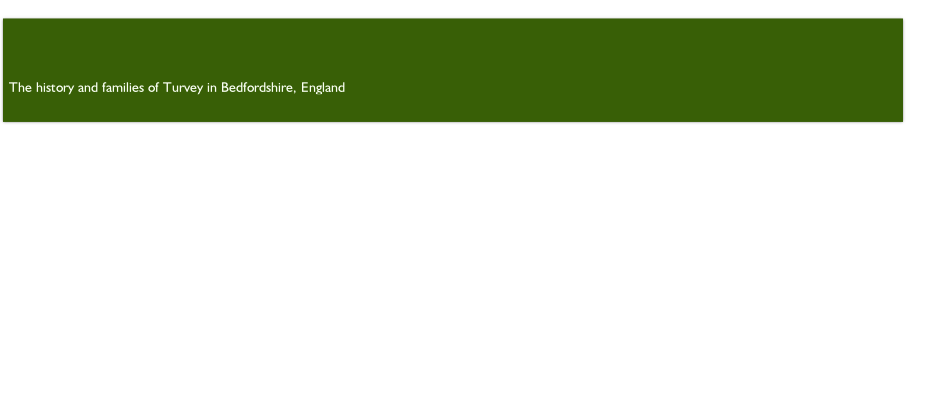
©2011 Deborah Richardson

Privacy Policy
Copyright

The Railway in Turvey
The coming of the railways changed the little village of Turvey, like it did most villages and towns in Britain. Many new jobs were created and people were able to travel like they never had before.
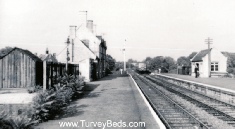
Turvey railway station opened in 1872 and was part of the Bedford and Northampton Railway Company. The first train ran on 10 June 1872.
The first timetables show that five trains ran in each direction every day.
There were never any Sunday trains.
The population of the village rose to 1,117 with the coming of the railways.
The Working Men’s Room
When 200 'navvies' were sent to Turvey to construct the railway many wondered where
the little village would find beds for them all. Mr Charles Longuet Higgins lept
into action and had a row of cottages built in Baker's Close for their use. Colonel
Higgins of Picts Hill built a working men's room in Bamford's Yard, which he supplied
with magazines and newspapers. It was converted from a barn. This was a popular place
for evening entertainments and somewhere they could meet of a Sunday. It later housed
the Boy Scouts in 1928-
Signal Men
The three signal men worked shifts. One did 6 am until 2 pm, then there was 2 pm until 10 pm and finally 10 pm until 6 am again. It was important work and quite well paid.
Find out more about Train Crashes at Turvey!
The Stevington and Turvey Light Railway
Turvey still has a railway! It is a 2 ft narrow gauge one and runs for 1.2 km (3/4 of a mile) along the track bed of the old Bedford to Northampton line.
It was created by former members of The Surrey Light Railway of Hersham, Surrey in the early 1980s.
There is a signal box with a 31 lever Westinghouse ‘L’ frame inside, which was originally from Battersea Park Signal box.
The railway is privately owned but can be seen from the public right of way that runs down the old railway line.
Here is a link to some images of the Stevington and Turvey Light Railway.
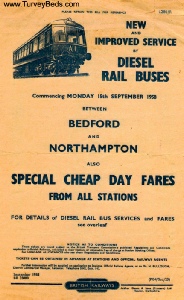
Announcement of the new Diesel Rail Buses from 15 September 1958, and details of the timetable and fares.
Click the images to enlarge.
Find out more about the people who worked for the railways at Turvey
Three members of the Higgins family, CL Higgins, TC Higgins and Col. Higgins (the chairman) were all present, as well as Mr Whitbread who owned Turvey Mill.
The gentlemen were very concerned that Turvey would be included on the route and that it be operated by the Midland Railway Company.
“That with a view to facilitate the carriage and traffic which will pass over this railway and prevent any intervention at the junction with the Midland Railway in Bedford.”
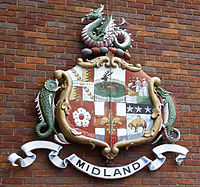
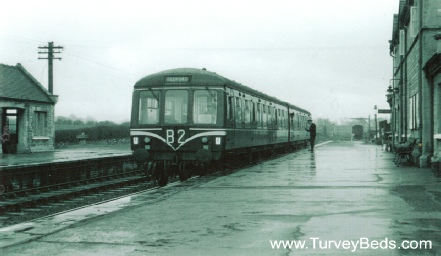
Diesel Rail Bus Service
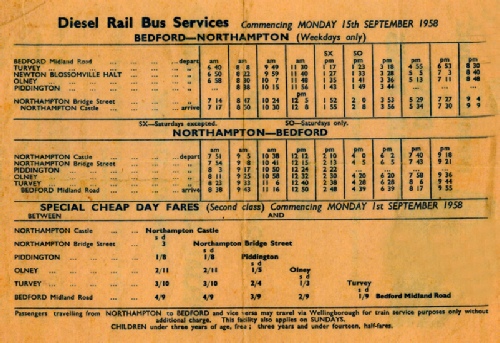
The Railway comes to Turvey
The End of the Railway in Turvey
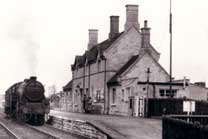
This picture was taken in March 1962 and show one of the very last trains to pass through Turvey Station.
Turvey’s railway died when the Bedford to Northampton line was closed.
The Midland Line
The railway line at Turvey was part of the Midland line that ran from Bedford to Northampton. It was 20 miles long.
The stations on the line were (in order):
Bedford
Turvey
Newton Blossomville Halt
Olney
Piddington
Northampton
By the 1950's there were four trains
a day but they were hardly used.
Carr Bailey was the Station Master at this time.
The last passenger train left the station at 9.20 pm on 3 March 1962.
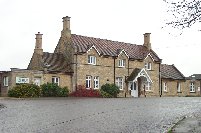
In 1969, Quenby Price the grain merchants moved into the old station buildings and yard. They did not alter the beautiful station but did remove the platforms.
This is the lovely Turvey Station building as it was in December 2000.
A Railway in Turvey today...
For more pictures and details of the station building...
The diesel rail buses began in September 1958.
Each bus has 4 wheels and could seat about 40 passengers.
Click the picture to enlarge it
They were introduced to quite a few parts of the UK in the late 1950s, but all withdrawn by the mid 1960s.
The line ended its days as it began.. Using steam engines to pull the rolling stock.
In August 1940 the line between Olney and Turvey was temporarily closed and used as a storage siding for war materials.
Here is the timetable for July-
Click to enlarge.
There were 5 trains a day, which linked with the London train.
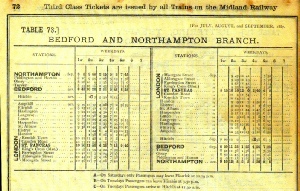
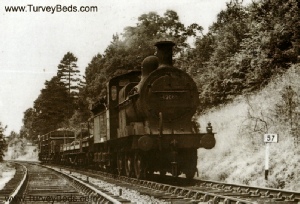
A goods train puffs away from Turvey in the early 1920s.
Click to enlarge.
This is a class 2228 0-
It is number 43665.
From 1908 until 1917 each train consisted of an 0-
This is called ‘push-
Push-
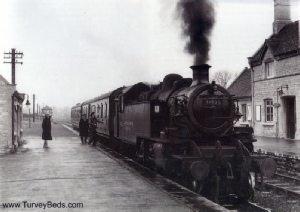
Ivatt 2-
This engine was built in Crewe in 1948.
This particular engine was immortalized in N-

Number 79971 was used as a lamp store and crew room at the Edinburgh Millerhill yard
It was the subject of an early Airfix OO-

